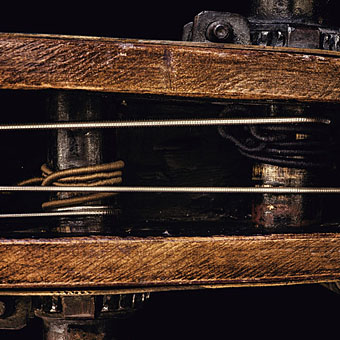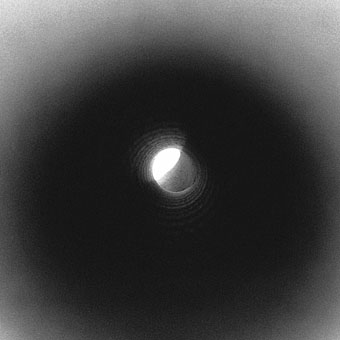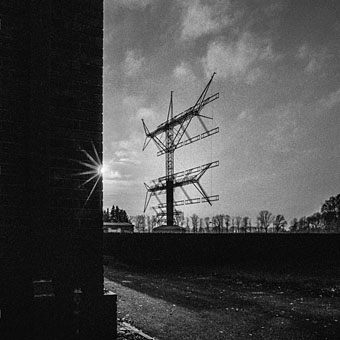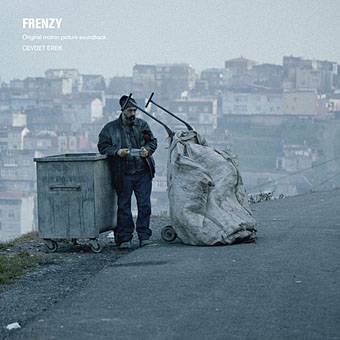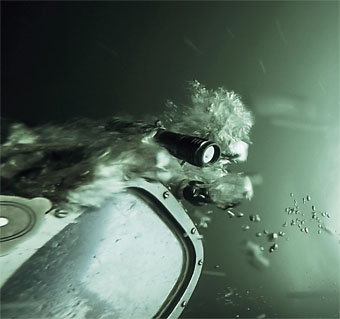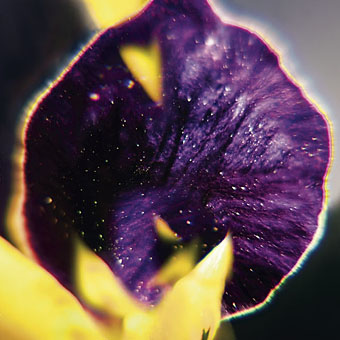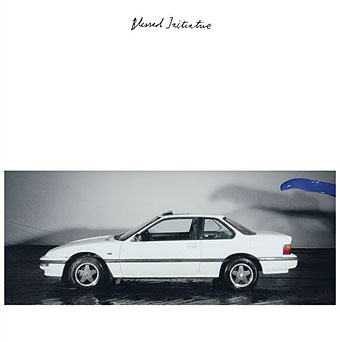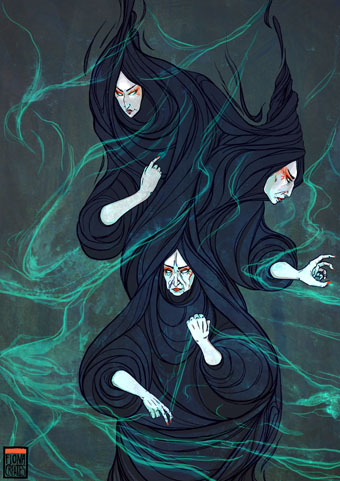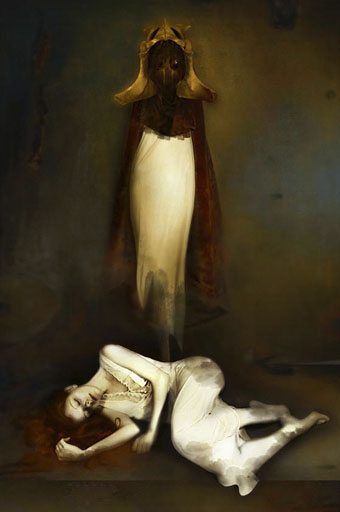Presenting the thirteenth Halloween playlist, and another mix of my own. This year I thought I’d try a mix of material wholly taken from Subtext Recordings, an excellent label for whom I still provide design work now and then. Subtext releases have featured on some of the previous mixes in this series, and while the music (or sounds) on these albums isn’t necessarily horror-oriented much of it would work well as soundscapes in a David Lynch scenario. The material ranges from tracks with an acknowledged source—a telegraph pole north of the Arctic circle (Eric Holm), recordings made deep underwater (Eric Holm again), sounds recorded in a building with a reputation for being haunted (Emptyset)—to music whose origin is a complete mystery. See the Subtext Soundcloud page for more of the label’s output.
This is the running order (some of the symbols in the title of Paul Jebanasam’s piece are missing due to encoding issues; the full track titles are here):
Roly Porter—Atar (2011)
Eric Holm—Andøya (2014)
Emptyset—Divide (2012)
Eric Holm—Surface Detail (2016)
Blessed Initiative—Out With The Old, In With The New Flesh (2016)
FIS—Treat Inner Eris (2016)
FIS And Rob Thorne—Wooden Lung (2017)
Paul Jebanasam—depart as | air dx stop ??/? /dt somewhere = +??(? sigma*(y waiting -x) v)=0 ??/dy/dt for = you x dim (2016)
Joshua Sabin—Eki (2017)
Previously on { feuilleton }
• Macabre mixes
• A mix for Halloween: Analogue Spectres
• A mix for Halloween: Teatro Grottesco
• A mix for Halloween: Unheimlich Manoeuvres
• A mix for Halloween: Ectoplasm Forming
• A playlist for Halloween: Hauntology
• A playlist for Halloween: Orchestral and electro-acoustic
• A playlist for Halloween: Drones and atmospheres
• A playlist for Halloween: Voodoo!
• Dead on the Dancefloor
• Another playlist for Halloween
• A playlist for Halloween

